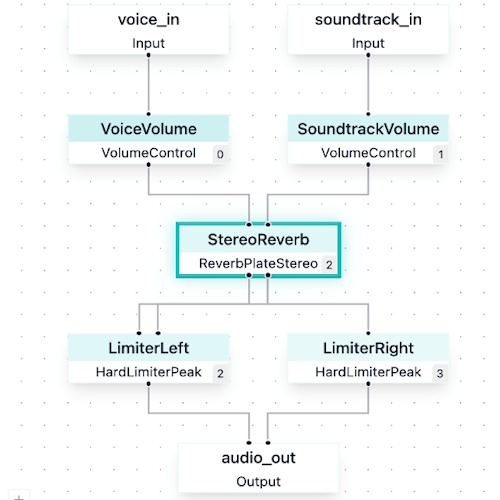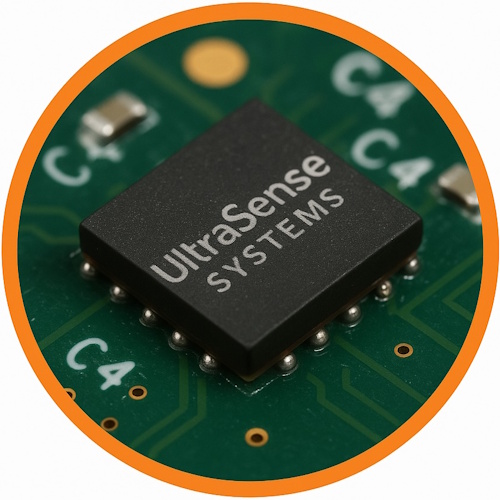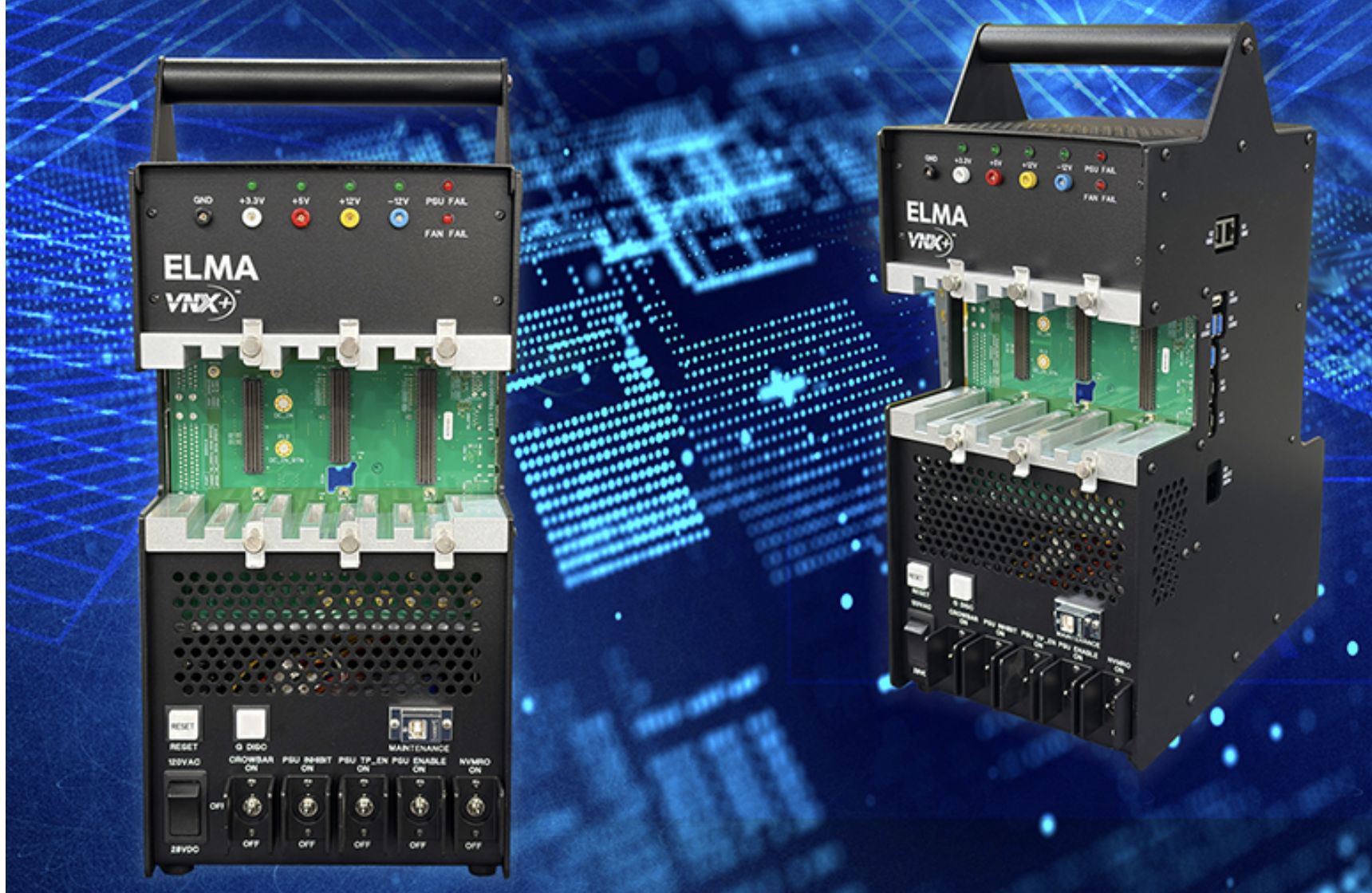As I’ve mentioned before (and as I will no doubt mention again), I was at the front of the queue when the first commercial version of the Oculus Rift made its debut in 2016 with an orchestral flourish of ophicleides (and you don’t forget one of those in a hurry).
To be honest, I was never a big gamer before the introduction of virtual reality (VR) … Read More → "Resurrecting Dead Grandmothers (Again)"
People frequently ask me if I have a favorite podcast episode. Well folks, here are my favorites for 2025! The top of the list is an episode called “Have Your Cake and Eat The Batteries too!. In this episode, I explore how fungi can function as organic memory devices, the details of RoboCake, a multi-tiered dessert featuring various edible components and the world’ … Read More → "Fish Fry Special Edition: Amelia’s Favorite Episodes for 2025"
My head hurts. As usual, I’ve been floundering around in embedded space (where no one can hear you scream). And as a result, I’ve been introduced to something with so many possibilities and potentialities that I don’t know whether I’m coming or going or doing something else entirely.
I was just chatting with Rolf Segger, the Founder, Owner, and Chief Strategist, and Dirk … Read More → "A Blob No More"
In this week’s podcast, we’re diving into a world you can barely see—the world of micro-manufacturing. The technology that’s quietly powering the next generation of everything from advanced displays and tiny sensors to biomedical devices. My guest Dr. Patrick Heißler, CEO of Scrona, and I chat about how Scrona fits into the micro-manufacturing … Read More → "Scrona and A New Era of Micro-Manufacturing"
Every once in a while, I run across a story that’s awesome in its simplicity, whilst still managing to be mindbogglingly complex “under the hood,” as it were. But fear not, because I’m sure I’ll manage to make things confusing if I try (and even if I don’t).
This is a story in three parts. Let’s start with the folks at Read More → "GenSoC: Designing SoCs with Generative AI"
It’s hard to believe that it’s now been nine years since virtual reality (VR) truly went mainstream with the commercial launch of the Oculus Rift. I was at the front of the queue when it arrived. I love VR, but I firmly believe that augmented reality (AR) is the real wave of the future, especially when combined with artificial intelligence (AI).
As an aside (if … Read More → "Meet the Next Generation of AR+AI Glasses User Interfaces"















